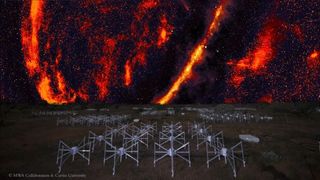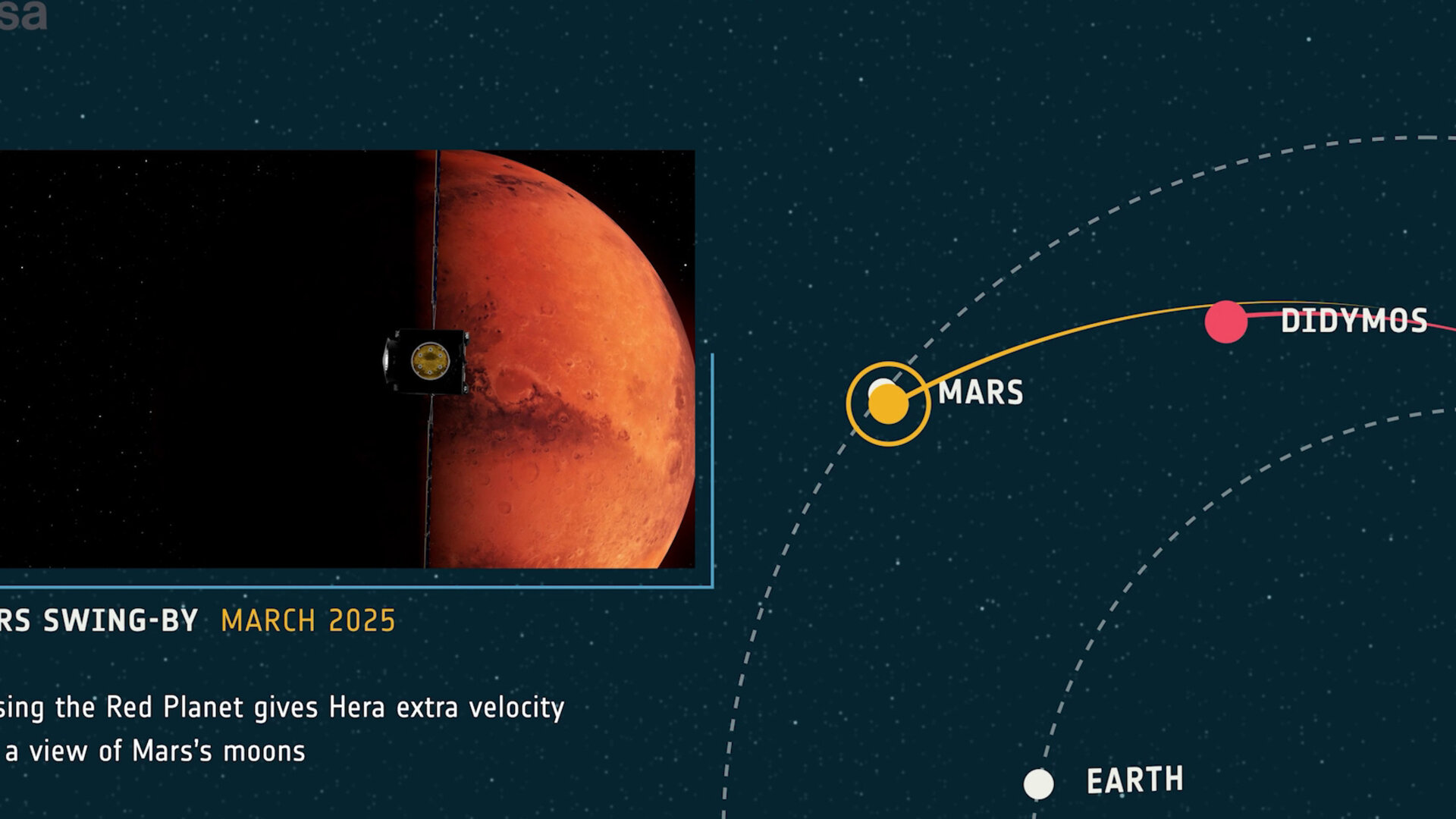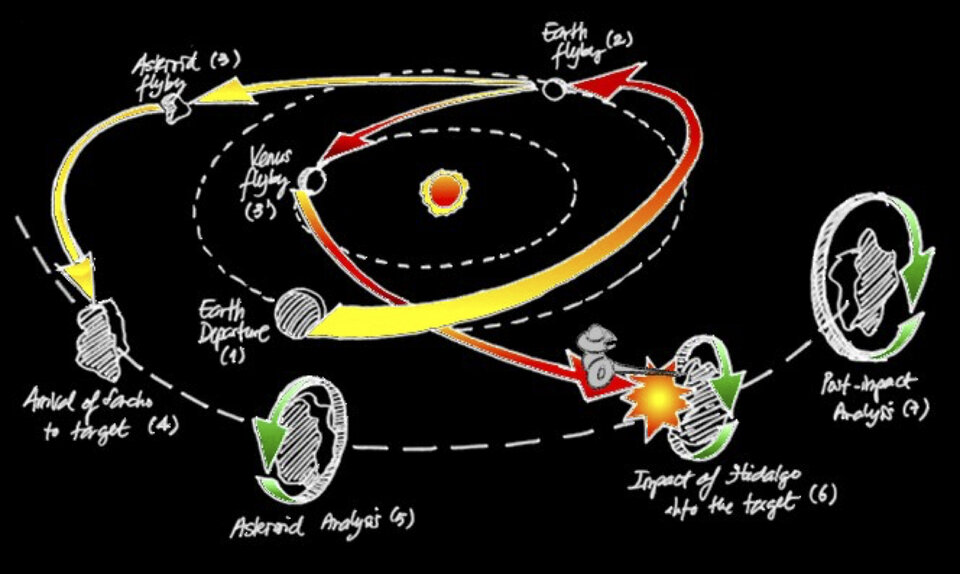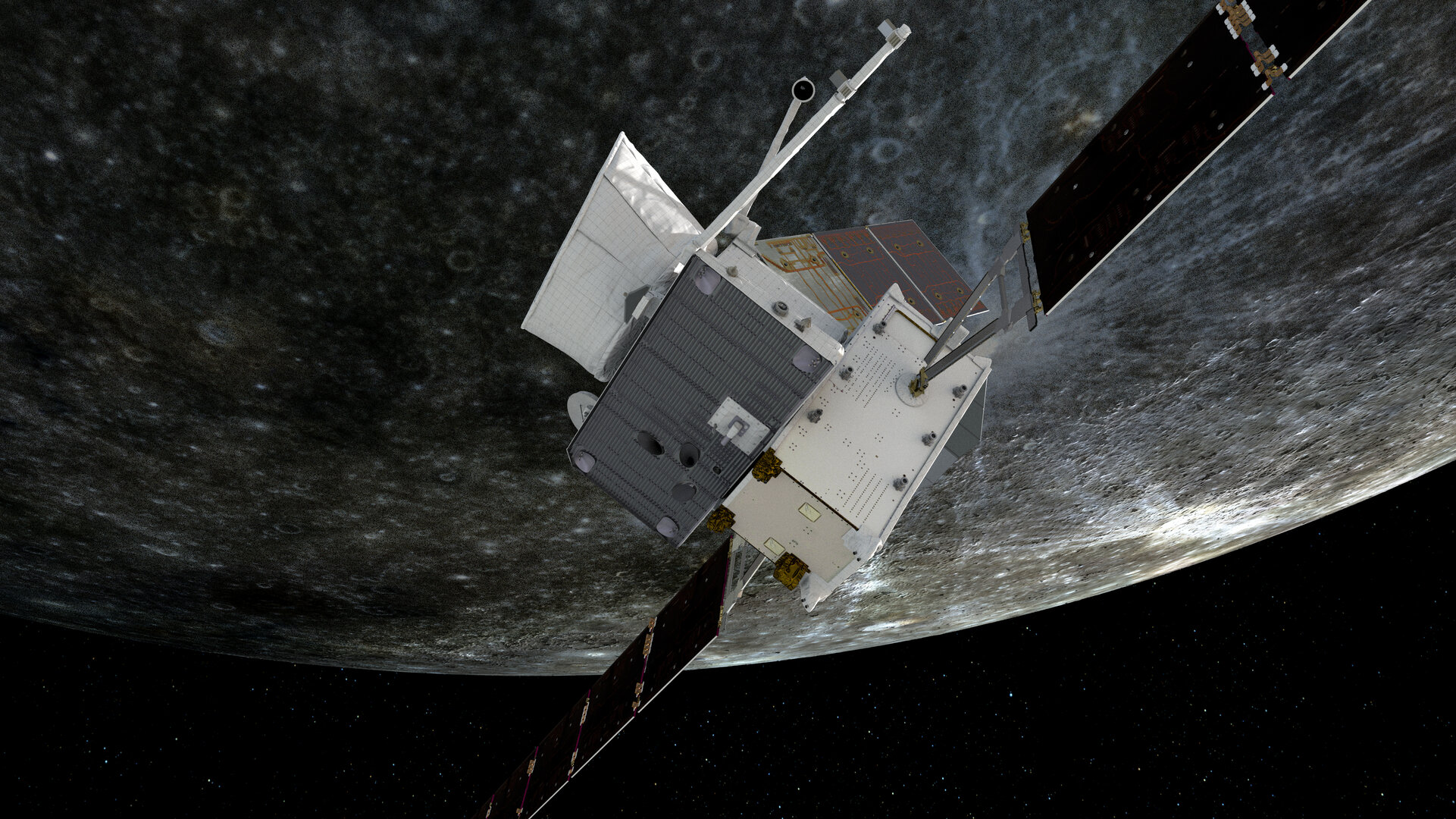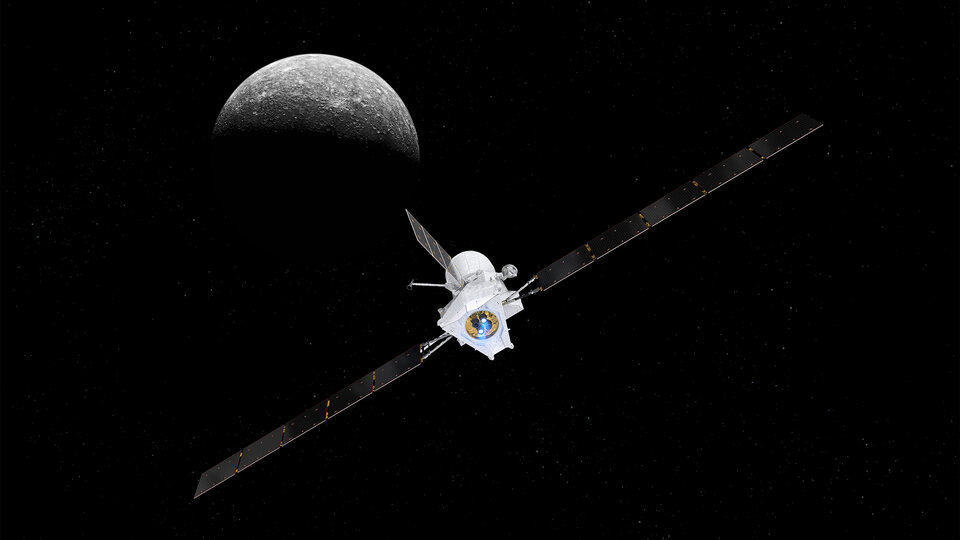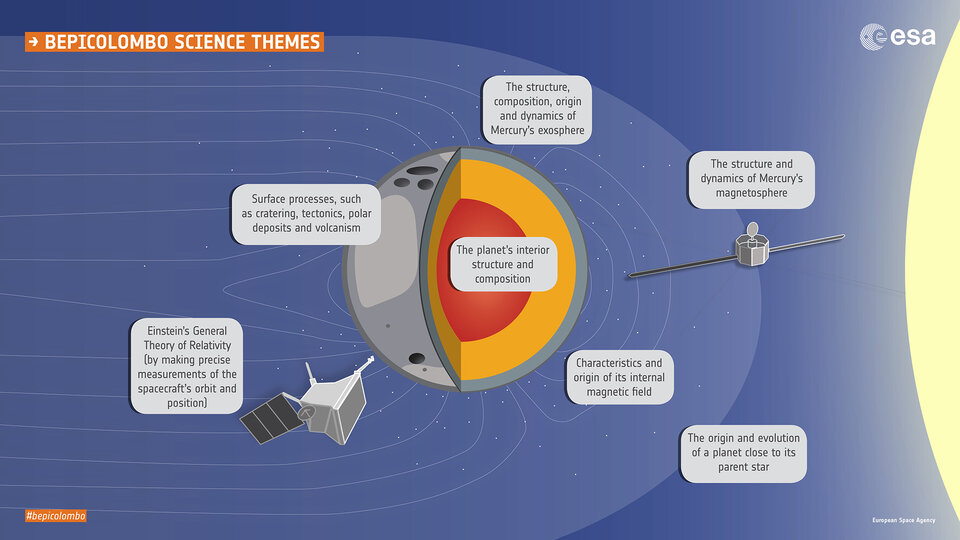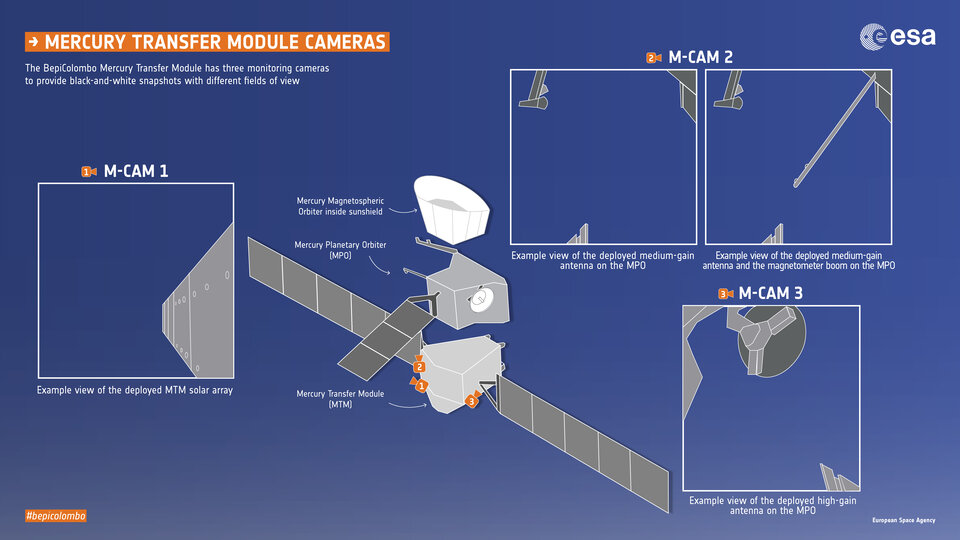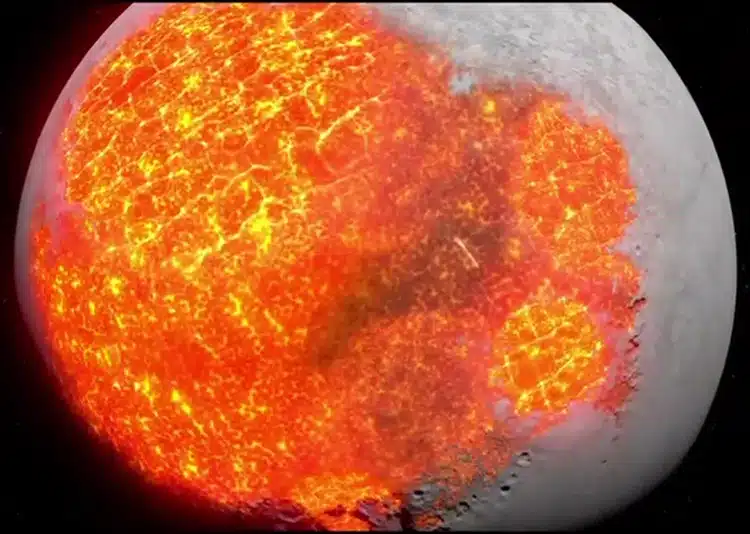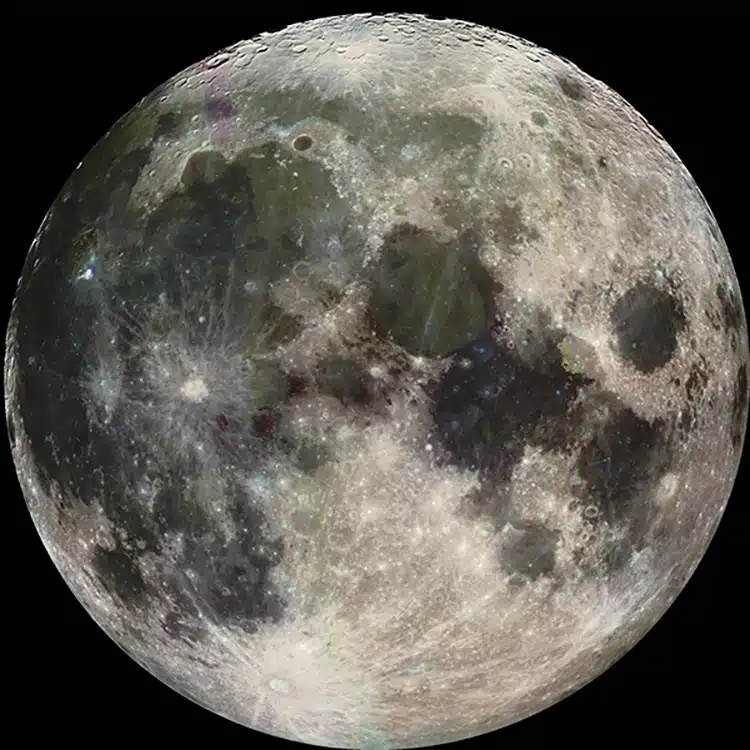Opinions
Korean Iron Wave: Seoul as a Leader in the Global Arms Market
16.10.2024
Andrey Gubin
© Reuters
In early October 2024, KADEX-2024, the international exhibition of the military industry of the Republic of Korea was held on the territory of the military facility in Gyeryongdae, 160 km from Seoul. About 500 companies took part in the event, and the total number of visitors from more than 50 countries exceeded 70,000. In addition to the new products of the South Korean military-industrial complex which were prepared for the national armed forces, many weapon systems were offered for export; a number of joint projects were demonstrated as well. This time, there was particular interest in unmanned systems for various purposes and environments, as well as anti-drone defence systems based on kinetic, electromagnetic and laser principles.
KADEX-2024 became a clear confirmation of Seoul's aim to conquer new frontiers in the global arms and military equipment market (W&ME). In particular, the country's Defence Minister Kim Yong-hyun expressed confidence in the exports significantly exceeding $15 billion by the end of the year, thanks to new global export deliveries, as well as the transfer of military technologies and the opening of training and retraining programmes for specialists.
Earnings on the brink of danger
According to the Ministry of Defence of the Republic of Korea, at the end of 2023 the volume of export deliveries of military products and services amounted to $14 billion, which put the country in 9th place among the world’s leading arms exporters. In 2022, when Seoul first entered the Top 10, this figure reached a record $17.3 billion, and there were plans to reach the $20 billion leel this year. However, some contracts are most likely to be postponed due to the financial difficulties of partners and a pause in negotiations in a number of areas. It is noteworthy that in 2000 the Republic of Korea only ranked 31st in the world among manufacturers and suppliers of weapons and military equipment.
A developed production base and access to advanced technologies contribute to the national military-industrial complex’s high level of achievement in meeting domestic demand and fulfilling export orders. The recognition of Korean manufacturers and the reputation of products from the “Land of Morning Freshness” have also contributed to the success of the defence industry. At the same time, companies actively use their own technological developments, which they transfer to subsidiaries and contractors, which also reduces the net cost (but not necessarily the price!) Large South Korean financial and industrial groups, the so-called chaebol, have ample opportunities for political lobbying, which often determines the direction Seoul's diplomacy takes. In particular, the largest military concern of the Republic of Korea - Hanwha Group works simultaneously in the production of sea, land and air weapons, as well as space technology, electronics, ammunition, power plants and drones, and is gradually approaching the scale of production and budget of the American company Lockheed Martin.
According to SIPRI , as of the beginning of 2024 the Republic of Korea ranked third in the world in terms of military aircraft exports and first in foreign deliveries of tanks and self-propelled artillery, based on concluded contracts.
The administration of Yoon Suk Yeol has set the task of reaching 4th place in terms of global weapons deliveries by 2027 and take at least 5% of global orders. At the same time, a unique situation has developed following the 2022 Madrid NATO summit, when, in fact, under the personal patronage of the current South Korean president, it was possible to establish stable ties with European states.
The popularity of Korean weapons is facilitated by the growth of threats, or at least the feeling of danger from "aggressive and revisionist states", which Seoul is not inclined to dispel, but rather, on the contrary, expresses its readiness to increase the defence capability of its clients.
One of the reasons for the popularity of Korean weapons is the conflict in Ukraine. NATO countries indirectly involved in the hostilities have begun to feel the need for large amounts of relatively inexpensive equipment for various purposes, as close as possible to the standards of the alliance. The demand is due to both the depletion of their own reserves due to supplies to Kiev, and the diligently whipped up anti-Russian hysteria. Some countries in the Middle East and the Asia-Pacific region, which are not even directly involved in European security problems or the US-China confrontation, nevertheless aim to strengthen their own defence capability and choose the Republic of Korea as a formally independent partner. In addition, the Koreans have begun to actively use an offensive marketing strategy through participation in international exhibitions and offering military products, even at non-military events, in the field of modern technology. The author has encountered obvious advertising of Seoul's "wunderwaffe" at rather innocent academic seminars.
"Panthers" at the border again
The official state visit to Poland by the President of the Republic of Korea Yoon Suk Yeol in July 2023 resulted in, among other things, the largest contract in Korean history for arms exports. In total, agreements have been reached with Warsaw on the production and supply of about 1,000 K2 Black Panther tanks, 672 K9 Thunder self-propelled howitzers, 48 FA-50 Golden Eagle light attack aircraft, 288 K239 Chunmoo multiple launch rocket systems (MLRS) and 400 KIA Raycolt armoured reconnaissance vehicles for a total of over $15 billion. The first large consignment of 180 tanks, 212 self-propelled guns and 12 aircraft should be delivered by 2025; a pilot batch of armoured vehicles arrived in Poland back in December 2022. At the same time, all these systems, in addition to purchases from South Korea, will also be produced by Polish enterprises using local and foreign components. A repair base and professional training centres are also being established. In June 2023 the first meeting of the Joint Korean-Polish Committee on Cooperation in Defence and Military Industry was held. Promising projects include the construction of a plant for the production of 120 mm and 155 mm shells, the joint creation of armoured personnel carriers based on the K808 Baekho, the possible export of KSS-II and KSS-III submarines, the supply of Cheongung-2 air defence systems, grenade launchers, and portable anti-aircraft and anti-tank missile systems (MANPADS and ATGMs). Warsaw definitely expects to enter foreign markets with the help of the transfer of Korean technologies, which, for example, Turkey has already done.
Seoul provides financial support in the form of loans and guarantees through KOEXIM Bank, but the limit of this institution covers only part of the contracts. New aid packages to secure further deals, such as cooperation with Poland, will require more than $15.6 billion, which requires direct government intervention and changes to statutory funding and insurance limits. In March 2024, the National Assembly of the Republic of Korea passed the first bill to stimulate military-technical cooperation, increasing the limit on transactions with foreign partners to $18.1 billion per year, making it possible to increase the number and value of contracts.
Weapons networking
Among the contacts confirming Seoul's course on diversifying partners and the range of defence products, several ones deserve special attention. In early 2024, the company LIG Nex1 concluded a deal to supply Saudi Arabia with Cheongung-II (Iron Hawk) air defence systems with for a total of $3.2 billion, contracts with the UAE and Iraq are expected next. Riyadh also signed an agreement worth $800 million to purchase a batch of K239 Chunmoo MLRS, probably impressed by a large Polish order. Norway, the Philippines, and Romania also showed a practical interest in this system. The MLRS is made according to a modular design, and is essentially multi-calibre, capable of using various types of unguided and guided 130-mm, 227-mm, 239-mm and larger ammunition, while the Koreans do not rule out the modification of such installations to launch operational-tactical missiles.
Also, after the deal with Australia for the supply of 129 K21 Redback IFVs (although 450 vehicles were initially planned), the Korean company Hanwha is promoting this vehicle in Italy, Romania and Latvia. The undoubted success story of Korean arms manufacturers is also the K9 Thunder self-propelled howitzer, which is already supplied to 8 countries (Turkey, Poland, India, Finland, Norway, Estonia, Australia and Egypt) and occupies about half of this segment of the world market. Possible orders for rearmament in many countries throughout the world are closely monitored in South Korea, including service life data and statements by representatives of military departments. However, in some cases, foreign competitors are still able to oust Korean companies from tenders. Thus, the Chinese “intercepted” the supply of submarines to Thailand and MLRS to Malaysia, and the Philippine Navy will probably buy French diesel-electric submarines (although the Koreans still have a chance by attracting Indonesian shipbuilders). Germany, apparently, has taken the Norwegian contract for main battle tanks. However, South Korean manufacturers, with the direct support of the country's leadership, are extremely persistent in promoting their own products.
The companies of the South Korean military-industrial complex differ from a significant number of their competitors in their readiness to organise the production of equipment of their own design directly on the customer's territory, allow the further localisation of the production of additional systems and components, and also offer on-site service maintenance and training. In addition, from the moment contracts are signed to the actual arrival of the first samples, only a few months pass, due to the competent distribution of efforts between contractors, the reduction of internal bureaucratic barriers and Seoul's ability to stem some of the domestic orders to meet export needs.
Nevertheless, the Koreans still see the main source of advanced solutions in the military-technical field in the United States and are trying to avoid developing a dependence on China in “critical” areas. This decision fits the logic of Washington's strategy for the comprehensive containment of Beijing, including in the global arms and military equipment market, where the formally independent Koreans are needed both to “lessen the burden” of American industry and to squeeze out Russia and China. At the same time, given the rapprochement between the United States and its two main Asian allies following the Camp David Agreement of August 2023, Seoul’s development of military-technical cooperation with foreign countries has become a useful addition to the American foreign policy toolkit and allows the still hegemonic power to spread its influence without direct intervention.
LA REVUE GAUCHE - Left Comment: Search results for PERMANENT ARMS ECONOMY










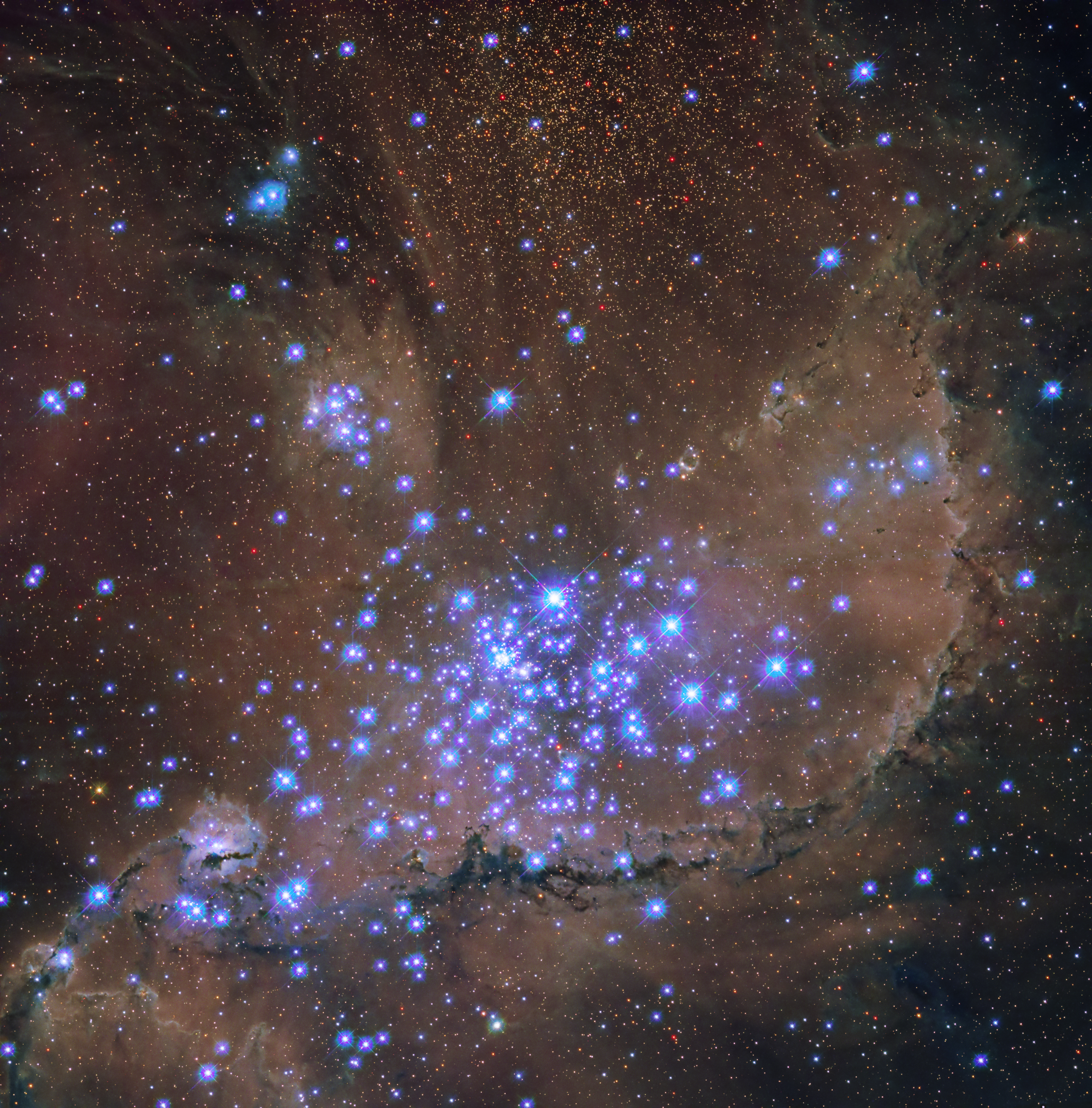
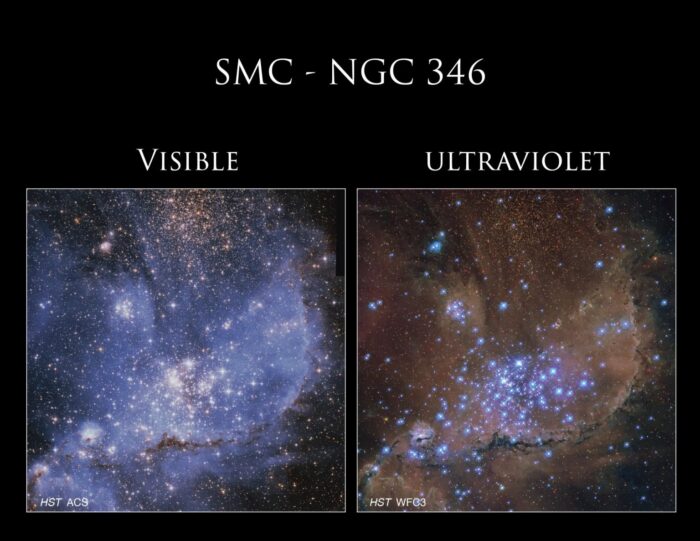
:format(webp)/cdn.vox-cdn.com/uploads/chorus_asset/file/25597370/2168837148.jpg)
:format(webp)/cdn.vox-cdn.com/uploads/chorus_asset/file/25596111/starliner_spacecraft_boeing.jpg)


















